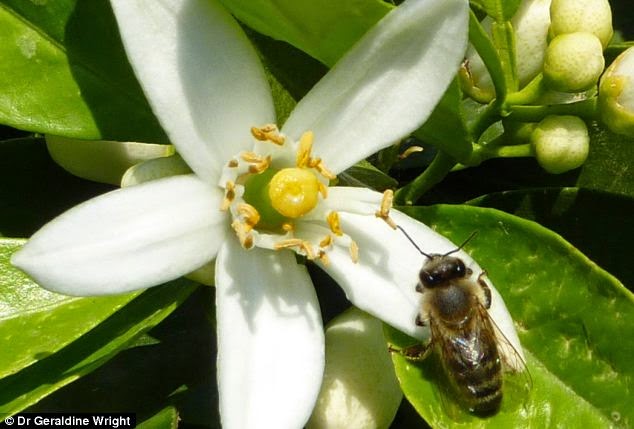Evolution, in real-time

Plant-insect interactions constitute fundamental component communities of terrestrial ecosystems [1] [2] . The different types of plant-insect associations in nature are thought to have driven both plant and insect radiation [3] . The advantages of animal-mediated pollination have led to the evolution and diversification of specialist mutualisms between, for instance, plants and birds (e.g. [4] ), while the need for protection has spawned mutualisms between various tropical tree species and ants [5] [6] [7] . Herbivory, on the other hand, has led to an arm’s race of plant defence mechanisms and insect attack and feeding habits [3] . An ever-increasing number of studies demonstrate the importance of biotic interactions in driving evolutionary change, but considerably fewer reveal the mechanisms by which this occurs in real-time [8] [9] . Monarch caterpillar ( Danaus plexippus ) on milkweed ( Asclepias syriaca ). Credit: Kailen Mooney


